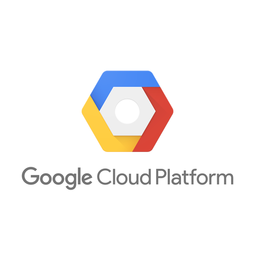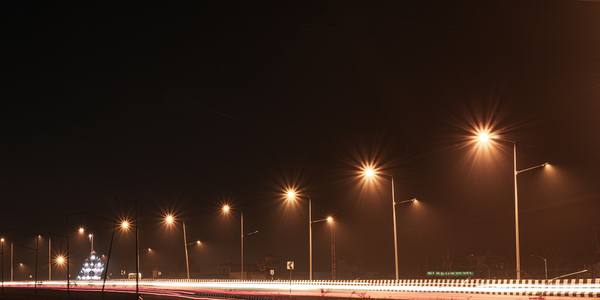Customer Company Size
Large Corporate
Region
- America
Country
- Canada
- United States
Product
- Geotab GO
- MyGeotab
- Google BigQuery
- TensorFlow
Tech Stack
- Google Cloud
- Google Compute Engine
- Google BigQuery
- TensorFlow
Implementation Scale
- Enterprise-wide Deployment
Impact Metrics
- Customer Satisfaction
- Digital Expertise
- Productivity Improvements
Technology Category
- Analytics & Modeling - Machine Learning
- Analytics & Modeling - Predictive Analytics
- Platform as a Service (PaaS) - Data Management Platforms
Applicable Industries
- Transportation
- Cities & Municipalities
Applicable Functions
- Logistics & Transportation
- Business Operation
Use Cases
- Fleet Management
- Predictive Maintenance
- Smart City Operations
Services
- Cloud Planning, Design & Implementation Services
- Data Science Services
- System Integration
About The Customer
Geotab is a Canada-based company that provides open platform fleet management solutions for businesses of all sizes. Founded in 2000, Geotab has grown to become one of the world's fastest-growing telematics companies. The company leverages real-time and historical trip data from over 1.4 million in-vehicle sensors to help businesses efficiently manage drivers and vehicles. Geotab's software platform, MyGeotab, enables customers to gain insights from raw vehicle data, optimizing deliveries, drivers, and vehicles. With devices in vehicles ranging from lawn mowers to heavy-duty trucks, Geotab's business is booming, having tripled its workforce and the number of vehicles it captures data from in recent years.
The Challenge
Geotab faced challenges in managing physical server and network infrastructure as it became too complex, especially when aggregating data across multiple servers. The company needed a fast, reliable, highly secure, and scalable database infrastructure to derive insights from data, which is crucial for their business. Previously, Geotab self-hosted all customer database servers on premises, which added to the complexity. The need for a more efficient system was evident as the company expanded its operations, tripling its workforce and the number of vehicles from which it captures data.
The Solution
To address the challenges of managing complex infrastructure, Geotab migrated all of its server infrastructure to Google Cloud. The MyGeotab platform is now hosted across over 800 virtual machines in Google Compute Engine, growing at a rate of 3 to 4 servers every week. Google BigQuery plays a key role in Geotab's operations, providing high-speed streaming insertion API, reliability, scalability, and support for standard SQL. This allows Geotab to aggregate data in a single database and develop specific benchmarks while maintaining customer privacy. Geotab also leverages TensorFlow, an open-source machine learning framework, to apply machine learning models to raw data, delivering context-specific benchmarks for customers. Google Professional Services and SpringML, a Google Cloud Partner, provided support in leveraging machine learning, helping Geotab to create features used in their machine learning algorithms.
Operational Impact
Quantitative Benefit

Case Study missing?
Start adding your own!
Register with your work email and create a new case study profile for your business.
Related Case Studies.

Case Study
Turning A Stadium Into A Smart Building
Honeywell created what it called the “intelligent system” for the National Stadium in Beijing, China, turning the venue for the opening and closing events at the 2008 Summer Olympics into a “smart building.” Designed by highly controversial artist Ai Weiwei, the “Bird’s Nest” remains one of the most impressive feats of stadium architecture in the world. The 250,000 square meter structure housed more than 100,000 athletes and spectators at a time. To accommodate such capacity, China turned to Honeywell’s EBI Integrated Building Management System to create an integrated “intelligent system” for improved building security, safety and energy efficiency.
.png)
Case Study
Smart Street Light Network (Copenhagen)
Key stakeholders are taking a comprehensive approach to rethinking smart city innovation. City leaders have collaborated through partnerships involving government, research institutions and solution providers. The Copenhagen Solutions Lab is one of the leading organizations at the forefront of this movement. By bringing together manufacturers with municipal buyers, the Copenhagen Solutions Lab has catalyzed the development and deployment of next-generation smart city innovations. Copenhagen is leveraging this unique approach to accelerate the implementation of smart city solutions. One of the primary focus areas is LED street lighting.
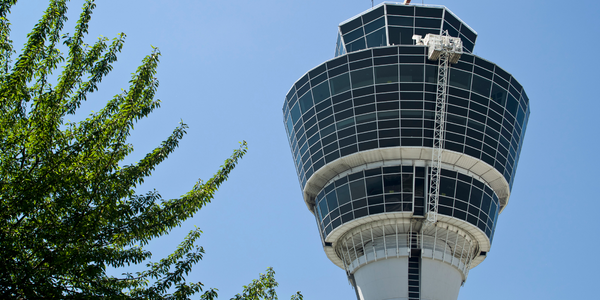
Case Study
Airport SCADA Systems Improve Service Levels
Modern airports are one of the busiest environments on Earth and rely on process automation equipment to ensure service operators achieve their KPIs. Increasingly airport SCADA systems are being used to control all aspects of the operation and associated facilities. This is because unplanned system downtime can cost dearly, both in terms of reduced revenues and the associated loss of customer satisfaction due to inevitable travel inconvenience and disruption.
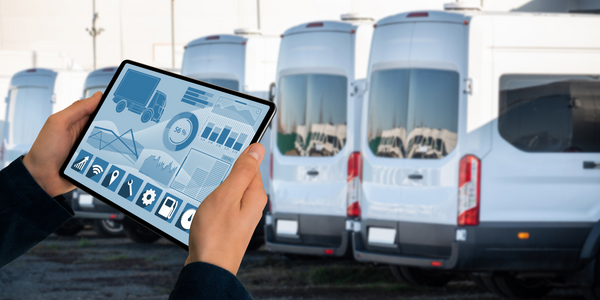
Case Study
IoT-based Fleet Intelligence Innovation
Speed to market is precious for DRVR, a rapidly growing start-up company. With a business model dependent on reliable mobile data, managers were spending their lives trying to negotiate data roaming deals with mobile network operators in different countries. And, even then, service quality was a constant concern.
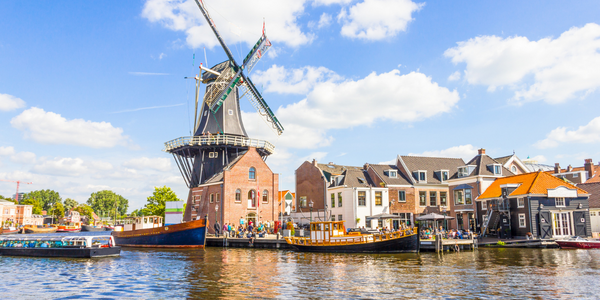
Case Study
Buoy Status Monitoring with LoRa
The Netherlands are well-known for their inland waterways, canals, sluices and of course port activities. The Dutch Ministry of Infrastructure indicates that there are thousands of buoys and fixed items in and near water environments that would profit from IoT monitoring. One of the problems with buoys for example, is that they get hit by ships and the anchor cable breaks. Without connectivity, it takes quite some time to find out that something has happened with that buoy. Not to mention the costs of renting a boat to go to the buoy to fix it. Another important issue, is that there is no real-time monitoring of the buoys at this moment. Only by physically visiting the object on the water, one gains insight in its status.




